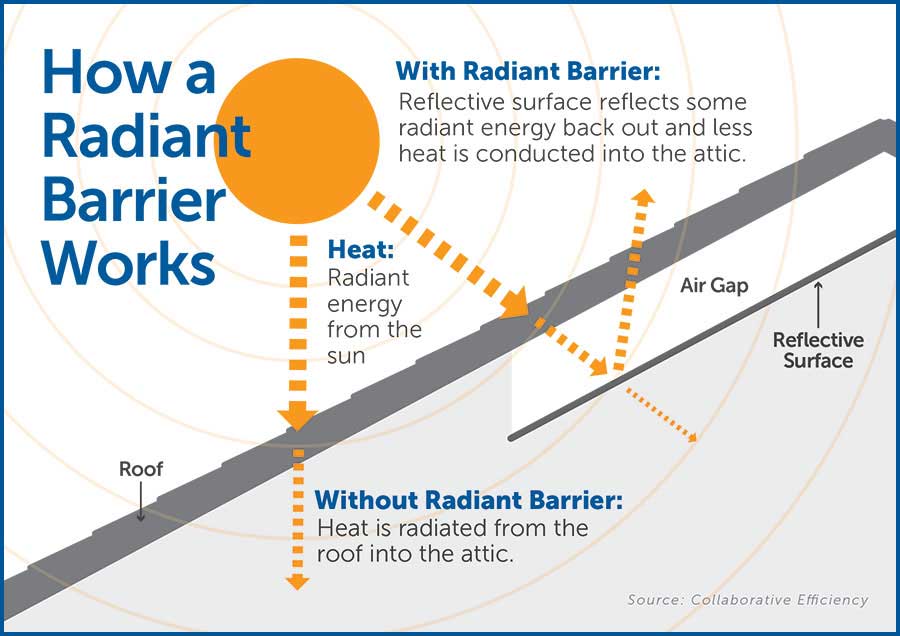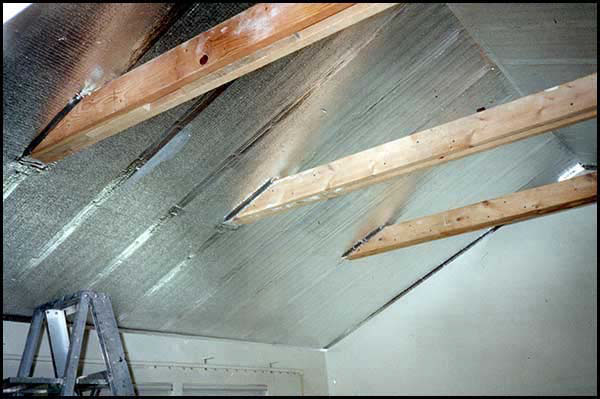



Without the foil layer, the OSB sheathing will absorb heat and radiate it into the attic space in the summer, or outside during the winter.Īdding more attic ventilation will help, but not much. Similarly, when heat rises into an attic during cooler months, the foil layer reflects it into the living spaces of a building. So, when the sun hits the roof and radiates into the attic or wall, the foil layer of the OSB sheathing reflects the heat to the roof or exterior wall, which keeps the top layer of the insulation just a few degrees warmer than the outside air temperature. The foil layer of the OSB lowers the Delta-T because the foil is low emitting and does not emit or absorb heat.

The Delta-T is the difference in temperature between the top layer of the insulation and the living spaces. When this occurs, the top surface of the insulation can reach a temperature of 130 degrees and more, which is much higher than the temperature in the living spaces (68-70 degrees). Through the process of infrared radiation, the heat from the roof is emitted (or radiated) into the attic where the insulation absorbs it. The bottom of the roof deck will be 20 or 30 degrees lower. For example:ĭuring the hot summer, the heat of the sun can raise the temperature of the top shingles of the roof to nearly 180 degrees. What is Delta-T?ĭelta-T is the difference between the temperature of the top layer of insulation in the attic or wall system and the living spaces. The goal of a foil-backed OSB is to cool the air within the top layer of insulation in the attic or wall by emitting the radiant heat absorbed through the roof or exterior walls, which reduces the Delta-T and lessens the overall energy use in a building. Foil-backed OSB is applied mostly in attics however, it is also used in wall systems. Oriented strand board (OSB), with a thin layer of low emitting aluminum foil attached to one side, is a common type of thermal-radiant-barrier sheathing.


 0 kommentar(er)
0 kommentar(er)
